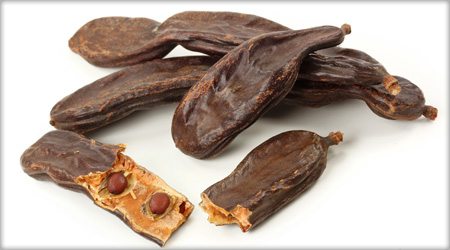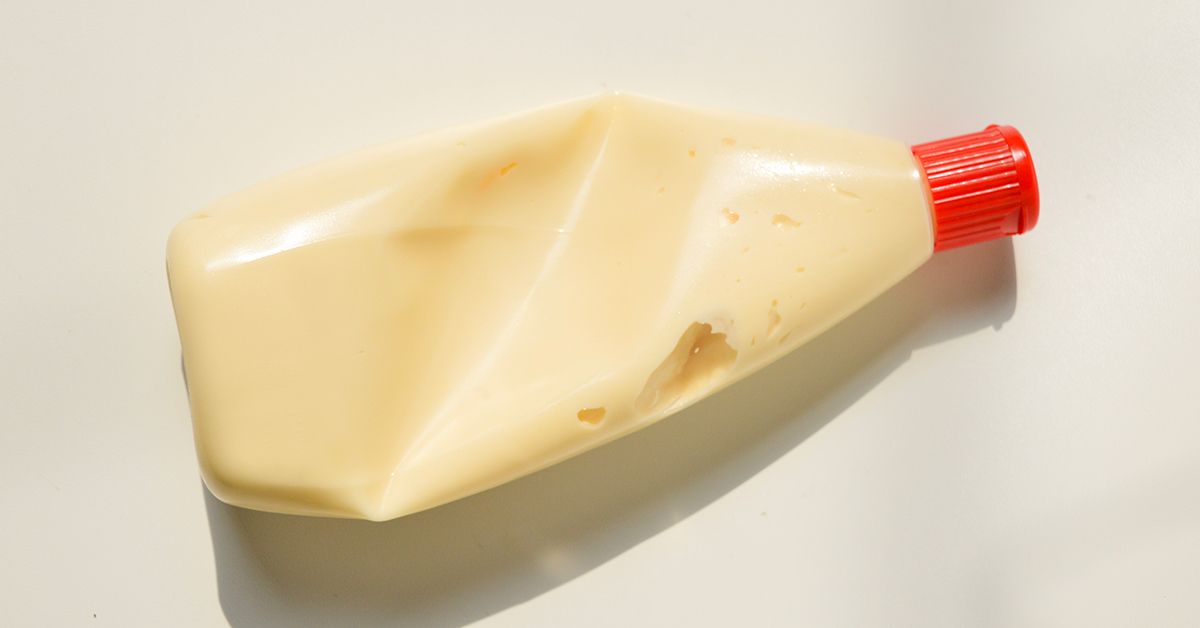Emulsifier In Food vs. Binders: Everything You Should Know
Discover Just How an Emulsifier in Food Can Aid Achieve Completely Combined Dishes Every Single Time
Emulsifiers are necessary ingredients in the cooking world, enabling the blending of oil and water-based parts. Their ability to reduce surface tension enables the creation of stable blends, boosting both appearance and taste in various meals. Understanding exactly how these substances function can change the way one comes close to cooking. Numerous continue to be uninformed of the different types of emulsifiers and their certain applications. Exploring this topic reveals valuable understandings for achieving culinary excellence.
What Are Emulsifiers and Exactly How Do They Function?
Emulsifiers play a vital duty in the food industry by allowing the secure blending of ingredients that generally do not incorporate, such as oil and water. These materials possess both hydrophilic (water-attracting) and hydrophobic (water-repelling) homes, enabling them to engage with both kinds of active ingredients. When an emulsifier is contributed to a mixture, it reduces the surface tension between the oil and water, promoting the development of little beads of one fluid spread within the various other. This process creates a stable emulsion, avoiding splitting up gradually and boosting appearance and mouthfeel. Emulsifiers are basic in numerous food items, from salad dressings to gelato, ensuring uniformity and top quality. They also add to the total sensory experience of food, affecting taste launch and aesthetic charm. Comprehending how emulsifiers operate is necessary for food researchers and cooks alike, as they seek to produce satisfying and balanced cooking experiences.
Common Sorts Of Emulsifiers Used in Food Preparation
Countless types of emulsifiers are used in food preparation to attain desired textures and stability in different foodstuff. Typical emulsifiers include lecithin, which is normally discovered in egg yolks and soybeans, and is widely made use of in mayo and dressings. Another common emulsifier is mustard, which includes compounds that assist blend oil and water in sauces.
In addition, industrial emulsifiers such as mono- and diglycerides are frequently included in processed foods to enhance their security and improve life span. Starch-based emulsifiers, derived from corn or potatoes, are additionally utilized in sauces and puddings for enlarging and texture. Casein, a milk healthy protein, serves as an emulsifying representative in dairy items like cheese and lotion. Each of these emulsifiers plays a crucial function in ensuring that components mix perfectly, giving the preferred uniformity and flavor in culinary productions.
The Science Behind Emulsification

The stability of an emulsion relies on the balance in between the pressures acting upon the distributed droplets. If the beads integrate, the solution can damage, causing separation. Various elements, such as temperature level, focus of the emulsifier, and the approach of mixing, affect the success of emulsification. Understanding this scientific structure is necessary for accomplishing consistent results in cooking applications including emulsions.
Tips for Making Use Of Emulsifiers in Your Dishes
When including emulsifiers right into dishes, careful factor to consider of their residential or commercial properties and functionality can substantially boost the end product. One should pick the suitable emulsifier based on the desired texture and security of the meal. Common choices include mustard, egg, and lecithin yolks, each offering unique advantages
It's important to understand the temperature level at which the emulsifier functions ideal; for example, some emulsifiers function effectively at space temperature level, while others need warmth. Gradually including oil to the emulsifier while blending can help develop a stable emulsion.
In addition, the ratio of emulsifier to liquid is essential; too little may lead to browse around here splitting up, while way too much can develop an unfavorable appearance. Lastly, appropriate storage space conditions must be taken into consideration, as some emulsified products may call for refrigeration to keep stability and freshness. By following these suggestions, cooks can attain regularly well-blended recipes.

Delicious Recipes Featuring Emulsifiers
While lots of cooks may not realize it, including emulsifiers right into dishes can raise meals to new elevations of taste and structure. As an example, a classic vinaigrette benefits greatly from the enhancement of mustard, which works as an emulsifier, supplying a smooth consistency that binds oil and vinegar perfectly. Homemade mayo showcases the power of egg yolks, producing a luscious, lavish sauce best for sandwiches and salads. - Emulsifier In Food
In cooking, emulsifiers like lecithin can assist achieve a tender crumb in muffins and cakes, improving moisture retention. An abundant chocolate ganache, made with whipping cream and chocolate, can additionally integrate an emulsifier to keep a silky coating. Furthermore, ice creams commonly utilize emulsifiers to assure a velvety texture and protect against ice crystal formation, causing a delightful treat experience. By integrating these emulsifying representatives, cooks can create recipes that delight the taste buds and give a gratifying mouthfeel.
Regularly Asked Questions
Are Emulsifiers Safe for Individuals With Food Allergies?
Emulsifiers can be safe for individuals with food allergic reactions, relying on the specific emulsifier utilized. Cross-reactivity and specific sensitivities differ; consequently, seeking advice from a medical care specialist is advisable to guarantee security.
Can I Make My Own Emulsifier in the house?
Yes, individuals can create homemade emulsifiers using components like egg yolks, mustard, or honey. These all-natural choices can effectively blend oils and water-based components, providing a basic remedy for various cooking applications.
How Do Emulsifiers Affect the Nutritional Value of Food?
Emulsifiers can enhance the nutritional value of food by improving nutrient absorption and security. Extreme consumption might lead to adverse impacts, potentially changing digestion processes and influencing gut wellness in sensitive people.
Are There Any Type Of Negative Side Impacts of Consuming Emulsifiers?
Some studies suggest that eating emulsifiers may bring about stomach issues or interrupt intestine microbiota balance. Nevertheless, further research study is essential to fully comprehend their lasting effects on wellness and prospective adverse negative effects.
Can Emulsifiers Modification the Flavor of My Recipes?
Emulsifiers can discreetly modify the taste account of dishes. By boosting appearance and mouthfeel, they may make flavors much more well balanced or pronounced, however they typically do not convey solid preferences on their very own.
Emulsifiers play a vital duty in the food sector by allowing the Related Site secure mixing of components that typically do not incorporate, such as oil and water. Numerous types of emulsifiers are utilized in cooking to achieve preferred appearances and security in numerous food items. In addition, business emulsifiers such as mono- and diglycerides are often added to processed foods to boost their security and improve rack life. It's important to recognize the temperature level at which the emulsifier operates ideal; for circumstances, some her comment is here emulsifiers function efficiently at area temperature level, while others call for heat (Emulsifier In Food). Emulsifiers can be safe for individuals with food allergies, depending on the specific emulsifier used